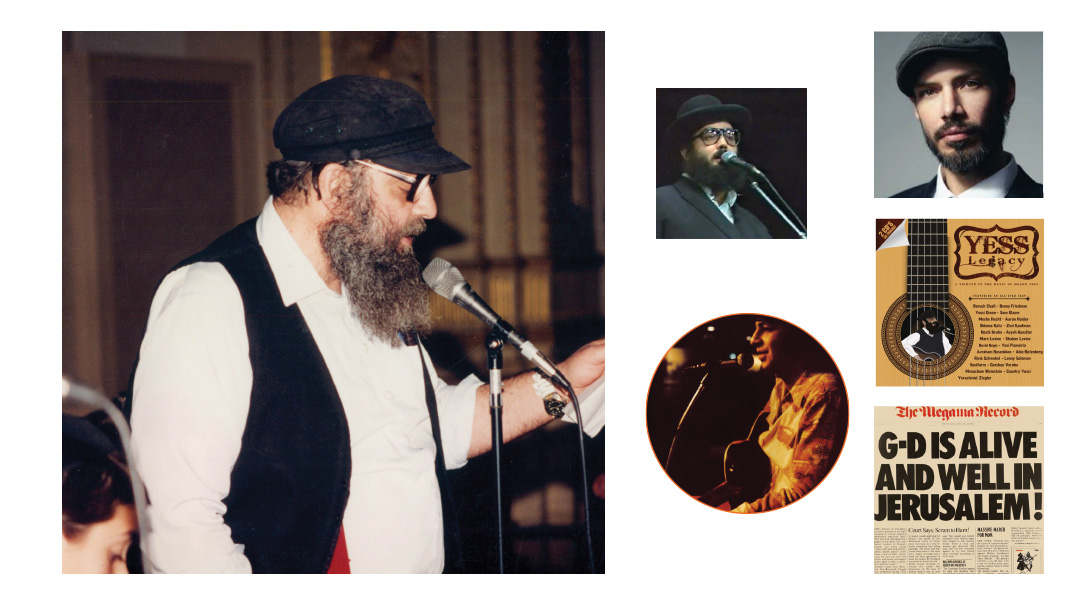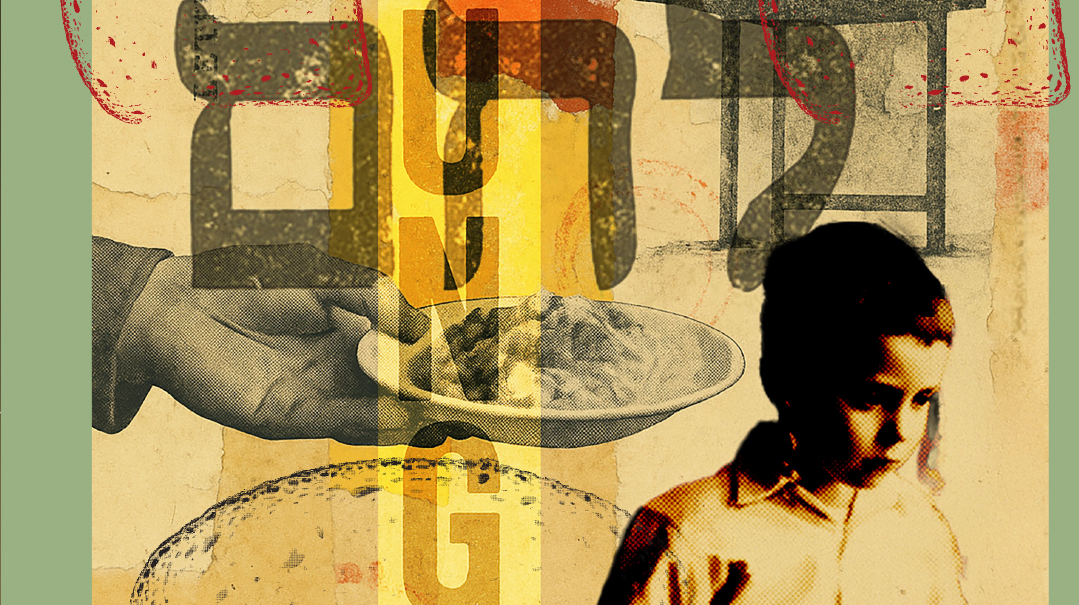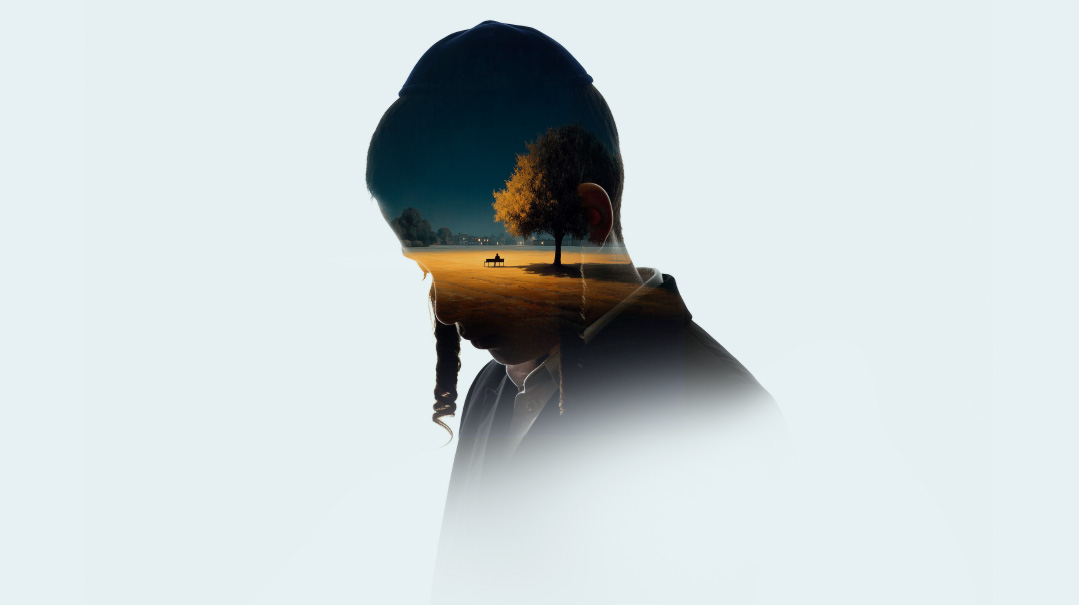Rescued Legacy

Would the music of my father, Moshe Yess a”h, be relegated to a pile of scratched oldies in someone’s basement?

No one was able to locate high-quality originals of those vintage Megama records that could be converted to an updated form. Would the music of my father, Moshe Yess a”h, be relegated to a pile of scratched oldies in someone’s basement?
As told by Tali Yess to Barbara Bensoussan
W
hen you think of family legacy, many people think of heirlooms, time-hallowed seforim, perhaps jewelry or property.
My father, Moshe Yess a”h, half of the 1980s-era Megama duo together with Shalom Levine a”h, passed away with a negligible bank balance and no heirlooms to pass on. Those things had never mattered to him anyway. What did matter — his music — created a legacy that continues to inspire Jewish fans and musicians to this day.
But it looked like that legacy was in danger of disappearing. His music, produced in an era of vinyl records and cassette tapes, had not found a place as music increasingly moved to streaming platforms. The masters for his LPs — including such classics as G-d is Alive and Well in Jerusalem and The Megama Record — had been lost in a fire many years ago, and the remaining albums had been played so often that most of them were scratched.
No one was able to locate high-quality originals that could be converted to an updated form. The quality was so poor on the few recordings we had that Spotify and similar platforms wouldn’t accept those versions for their listeners.
As the second son in the family, and the one with the most musical interest and production know-how (I myself am a recording artist and producer), it had fallen to me to become the custodian and manager of our father’s musical legacy. Was Moshe Yess’s music doomed to fade from history, left behind by the onward march of technology? Through a Providential convergence of circumstances, I can now tell you that the answer is a resounding no.
Oops! We could not locate your form.







